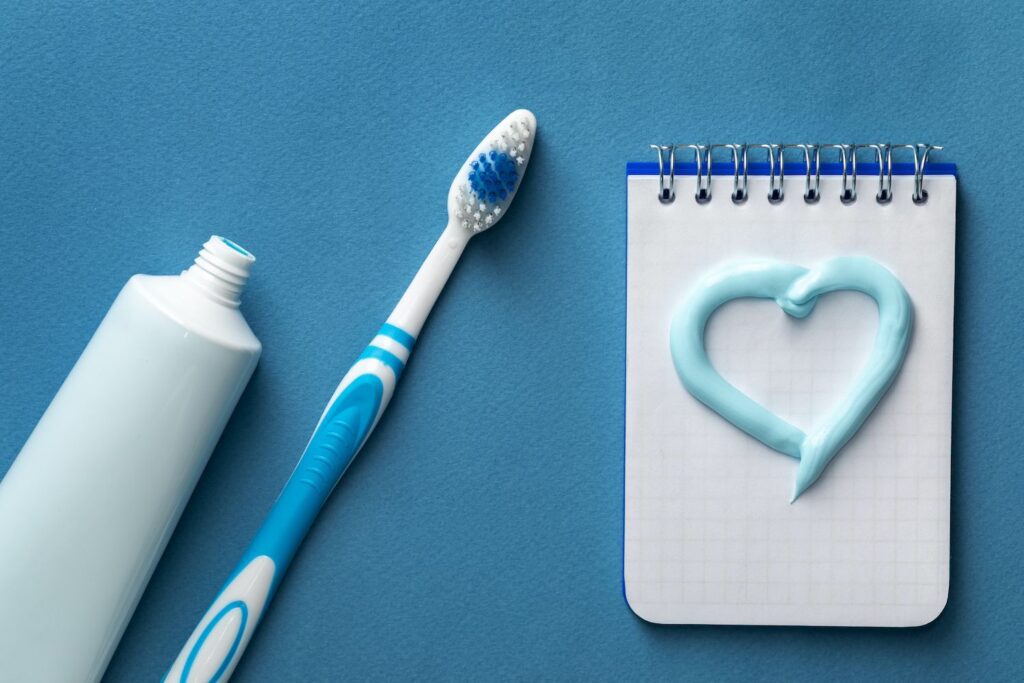Choosing the right toothbrush is crucial for maintaining good oral health. One common dilemma many face is whether the size of the toothbrush head truly matters. You might think that all toothbrushes are the same.
However, every toothbrush has different qualities that can affect your oral health. This includes the size of the toothbrush head. Before you select your toothbrush, learn more about them to keep your pearly whites in tip-top shape.

The Basics of Toothbrush Heads
Understanding a toothbrush’s anatomy can shed light on why the head size is a big deal. A typical toothbrush consists of a handle and a head that holds the bristles. The head comes in various sizes. Additionally, they can range from small to large. The main purpose of the toothbrush head is to reach all surfaces of your teeth effectively.
The Argument for Smaller Heads
Smaller toothbrush heads excel at providing precise cleaning. They can easily navigate around hard-to-reach areas, such as the back molars and tight spaces between teeth. This makes them an ideal choice for those with crowded or misaligned teeth. As a result, you may reduce your chances of several oral health problems.
When it comes to children, dentists generally recommend smaller toothbrush heads. Kids often have smaller mouths. Therefore, a compact head ensures that all their tiny teeth receive proper attention. It also helps in teaching them good brushing habits from a young age.
Furthermore, using a toothbrush with a smaller head allows for better control during brushing. This is especially beneficial for those who may have difficulty maneuvering a larger toothbrush. Enhanced control also contributes to a more thorough and comfortable brushing experience.
The Case for Larger Heads
One of the main advantages of a larger toothbrush head is its ability to cover more surface area in a single stroke. This can be particularly beneficial for those who may be short on time but still want to maintain effective oral hygiene. A larger head may offer a quicker way to achieve a thorough cleaning.
For those who prefer a straightforward brushing technique, a larger toothbrush head might be the way to go. The broader coverage means less precision is required during brushing. This makes it suitable for those who may find it challenging to focus on specific areas.
Larger toothbrush heads distribute the pressure exerted during brushing more evenly. This can benefit people who tend to apply excessive force while cleaning their teeth. Even pressure across a larger surface area helps prevent potential damage to the enamel and gums.
Finding the Right Balance
While the debate between smaller and larger toothbrush heads persists, the key is to find the right balance that suits your unique needs. Consider factors such as the size of your mouth, the arrangement of your teeth, and your brushing habits.
In the grand scheme of oral health, the size of the toothbrush head does matter, but it’s not a one-size-fits-all scenario. Your choice should align with your dental needs and personal preferences.
